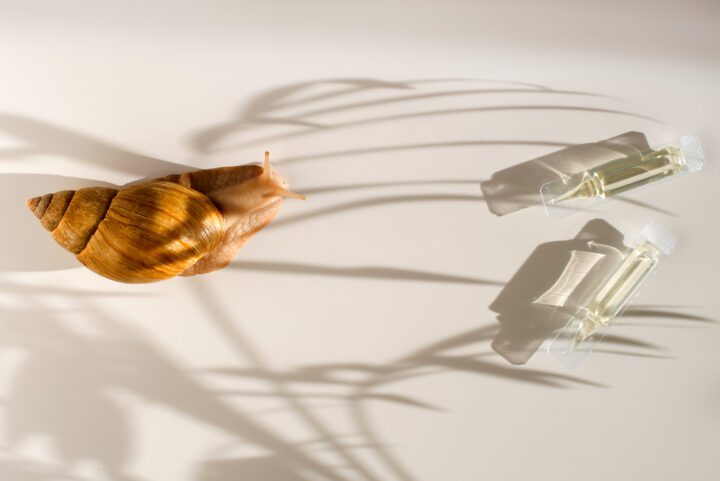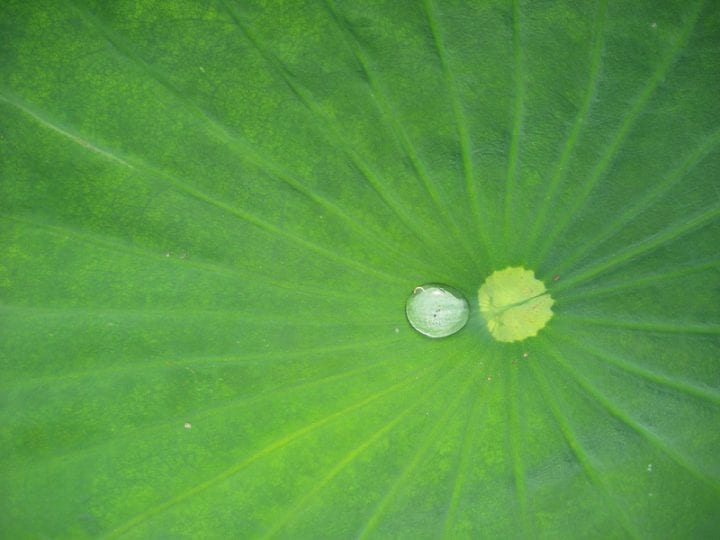Soft materials from Northwestern University autonomously morph when induced by a chemical reaction.
Benefits
- Autonomous
- Versatile
- Dynamic
Applications
- Medical implants
- Medical treatment
UN Sustainable Development Goals Addressed
-

Goal 3: Good Health & Wellbeing
-

Goal 9: Industry Innovation & Infrastructure
The Challenge
Numerous chemical and mechanical signaling events help to dictate a variety of shape-forming biological processes, from the growth of a single cell to the functioning of an entire organ. However, many of these process are unknown or not wel understood. In order to better understand how theses processes work at a microscopic level, scientists must design experimental systems that mimic these biological interactions. Hydrogels, a class of hydrophilic materials, are excellent at reproducing shape changes with chemical and mechanical stimulation. These can be used to mimic the biological interactions found in nature, to better understand natural shape-forming processes.
Innovation Details
The researchers designed a chemical-responsive polymeric shell that mimics living matter. It undergoes autonomous morphological changes when induced by chemical reactions. If the level of chemicals goes past a certain threshold, water within the gel gets absorbed, swelling the gel. When this occurs, the chemical species gets diluted, triggering chemical processes that expel the water, contracting the gel. This allows the researchers to create dynamic morphological changes, such as periodic oscillations reminiscent of heartbeats.
Biological Model
Morphogenesis is the differentiation of cells, tissues, and organs that occurs when an organism is first growing, giving rise to various organ systems. Numerous chemical and mechanical signaling events tightly control this process to ensure that an organism grows correctly.





